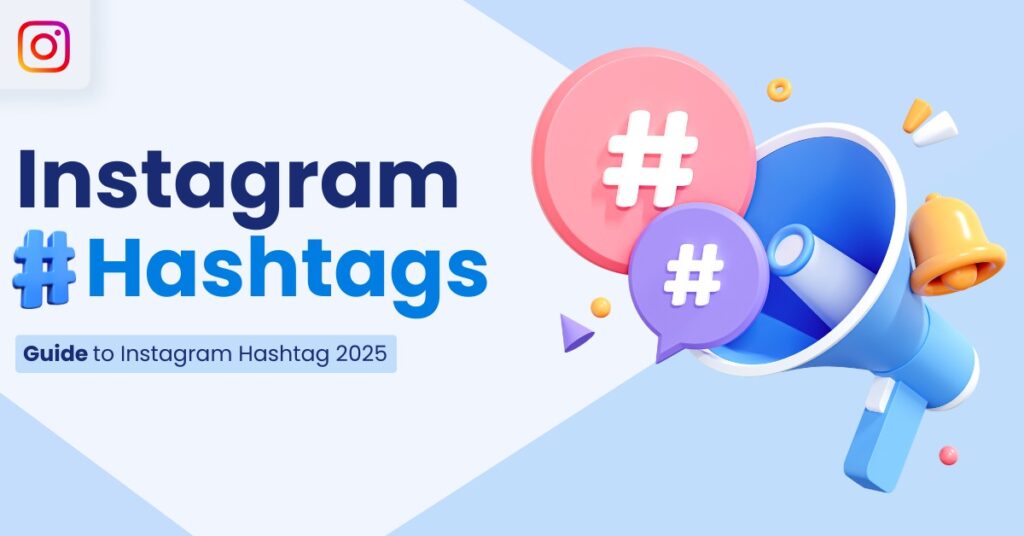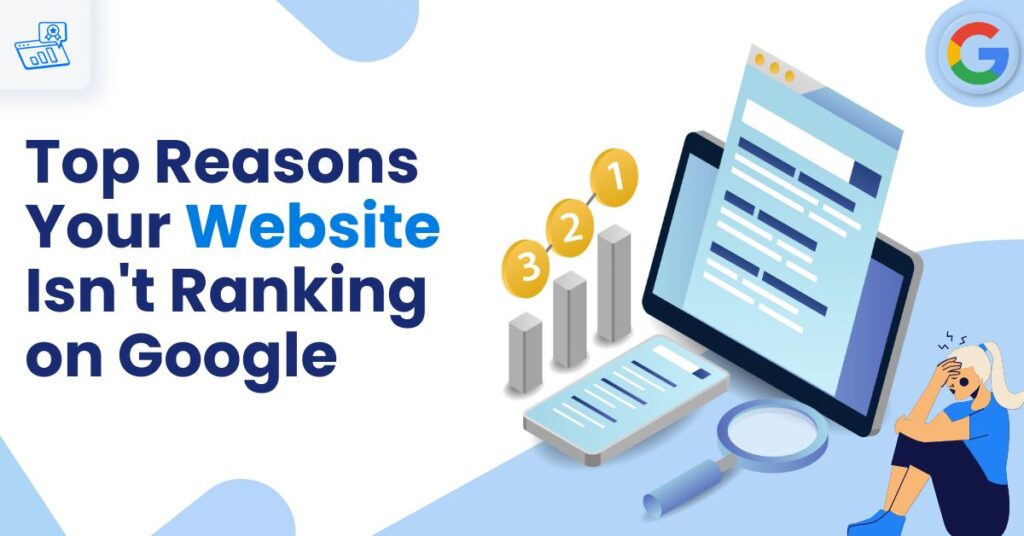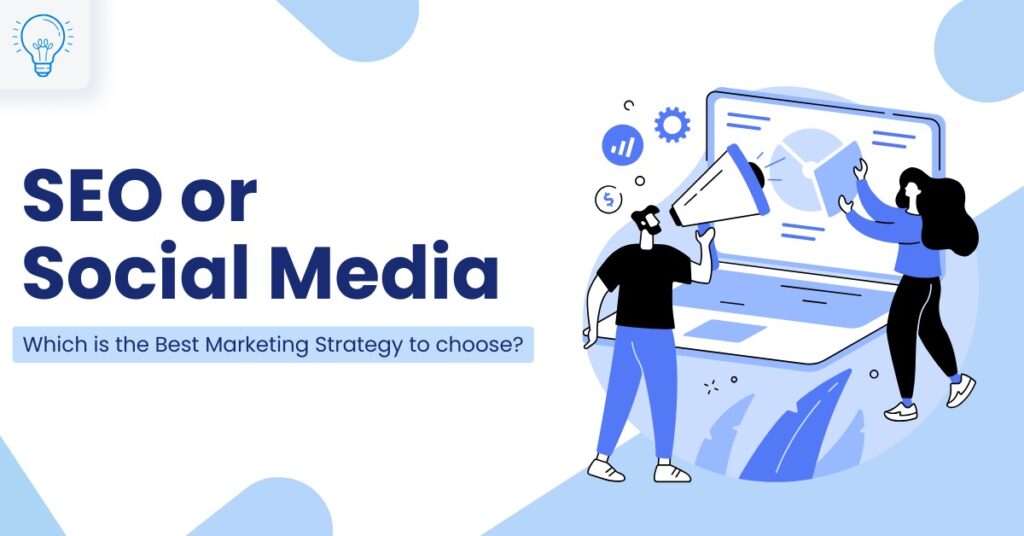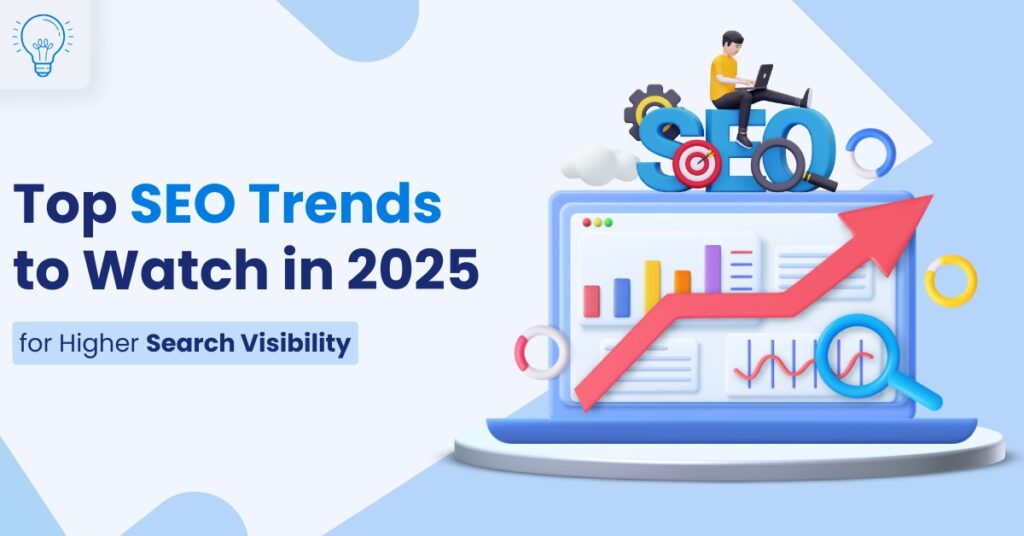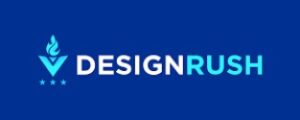Hashtags have played a crucial role in Instagram marketing, acting as powerful tools for content discovery, engagement, and brand visibility. They help categorize posts, making them easier to find by users interested in similar topics. As Instagram’s algorithm evolves, so does the effectiveness of hashtags, requiring marketers to adapt their strategies accordingly.
In 2025, Instagram will continue to refine its approach to content discovery, prioritizing relevance, engagement, and user intent. This means that simply adding a bunch of hashtags is no longer enough. Brands and influencers must be strategic in selecting and placing hashtags to maximize their reach and engagement.
This guide explores the importance of Instagram hashtags, their types, best practices, common mistakes to avoid, and tools to optimize your hashtag strategy in 2025.
What Are Instagram Hashtags and Why Are They Important?
An Instagram hashtag is a keyword or phrase preceded by the “#” symbol that categorizes content, making it searchable and discoverable by users. For example, #DigitalMarketing, #FitnessGoals, or #TravelDiaries help Instagram understand the theme of a post and connect it with users searching for related content.
How Hashtags Improve Reach and Engagement
When we use strategically, hashtags will help:
- Increase discoverability – Posts with relevant hashtags appear in Instagram’s search results.
- Expand reach beyond followers – Hashtags expose content to a broader audience beyond a brand’s existing followers.
- Boost engagement – Posts with at least one hashtag receive 12.6% more engagement than those without.
- Enhance brand visibility – Custom-branded hashtags encourage user-generated content and brand recognition.
The Role of Hashtags in Instagram SEO
Instagram functions like a search engine, where users enter keywords to find relevant posts. This makes hashtags similar to SEO keywords, helping posts rank in search results. By using the right hashtags, businesses can attract their target audience and drive organic traffic to their profile.
Types of Instagram Hashtags
To maximize visibility, brands should use a mix of different hashtag types:
1. Branded Hashtags
These are unique hashtags created for a business, campaign, or brand identity. They encourage user-generated content and build brand loyalty.
Example: Nike’s #JustDoIt encourages customers to share their fitness journeys.
2. Industry-Specific Hashtags
These hashtags are relevant to a particular industry or niche and help businesses connect with their target audience.
Example:
- A fitness brand might use #WorkoutMotivation or #FitLife
- A marketing agency might use #SocialMediaMarketing or #ContentStrategy
3. Trending Hashtags
Trending hashtags are those that gain high engagement at a specific time. Using them strategically can increase reach, but they must be relevant to your post.
How to Find Trending Hashtags:
- Check Instagram’s Explore Page
- Follow industry influencers to see trending tags
- Use Google Trends to analyze popular topics
4. Location-Based Hashtags
Businesses targeting local customers can use geo-specific hashtags to attract nearby users.
Example:
- A restaurant in Hyderabad might use #HyderabadEats
- A travel company in Goa might use #GoaBeaches
5. Community Hashtags
These hashtags help users connect with like-minded people and niche communities.
Example:
- #InstaPhotography for photographers
- #PlantLovers for gardening enthusiasts
How to Find the Best Hashtags for Your Content
Selecting the right hashtags requires a mix of research, competitor analysis, and AI-powered tools. Here’s how you can find the best hashtags:
1. Use Instagram Search and Explore Features
- Type keywords in Instagram’s search bar to see related hashtags.
- Check the number of posts associated with each hashtag.
- Explore top-performing posts in your niche to identify commonly used hashtags.
2. Use AI-Powered Hashtag Generator Tools
AI-driven tools can generate data-backed hashtag recommendations. Popular tools include:
- Display Purposes – Suggests relevant hashtags based on content.
- All Hashtag – Helps create and analyze hashtag sets.
- Hashtagify – Provides insights into trending hashtags.
3. Analyze Competitor and Influencer Hashtags
Observing the hashtags used by competitors and industry influencers can provide inspiration for effective hashtag strategies.
4. Monitor Hashtag Performance Using Instagram Insights
Instagram Insights helps track how well hashtags perform, showing metrics such as reach, impressions, and engagement.
Instagram Hashtag Best Practices for 2025
To maximize engagement and discoverability, follow these proven hashtag strategies:
1. Use a Mix of High, Medium, and Low-Competition Hashtags
- High-competition hashtags (e.g., #Marketing) have massive reach but are highly saturated.
- Medium-competition hashtags (e.g., #ContentMarketingTips) strike a balance between reach and discoverability.
- Low-competition hashtags (e.g., #HyderabadSEOExperts) attract a niche audience and boost engagement.
2. Keep Hashtags Relevant
Avoid using generic or unrelated hashtags just for reach, as this can reduce engagement.
3. Place Hashtags Strategically
- Hashtags can be placed in the caption or first comment.
- Some brands prefer the first comment to keep captions clutter-free.
4. Regularly Update Hashtag Lists
Trends change frequently, so updating hashtag lists ensures relevance and effectiveness.
5. Test Different Hashtag Combinations
A/B testing different hashtag sets helps identify which ones perform best for engagement.
Mistakes to Avoid When Using Hashtags
Using hashtags incorrectly can negatively impact post visibility. Here are some common mistakes to avoid:
- Using Banned or Flagged Hashtags
Some hashtags are banned due to misuse. Using them can cause Instagram to shadow ban your account. - Overloading Posts with Irrelevant Hashtags
Stuffing posts with 30 unrelated hashtags can harm engagement. Stick to 10-15 relevant hashtags per post. - Repeating the Same Hashtags on Every Post
Using the same set of hashtags repeatedly can make Instagram limit your reach. Rotate hashtags regularly. - Ignoring Instagram’s Hashtag Limit
Instagram allows up to 30 hashtags per post, but using only the most relevant ones improves engagement.
Tools to Help You Optimize Hashtag Strategy
1. Instagram Insights – Track Hashtag Performance
Instagram Insights
What It Does:
Instagram Insights is Instagram’s built-in analytics tool that helps track the performance of hashtags on your posts. It provides data on how many impressions (views) your post received from hashtags.
How to Use Instagram Insights for Hashtag Tracking:
- Switch to a Business or Creator account to access Insights.
- Go to your post and tap “View Insights.”
- Scroll down to “Impressions” and look for the breakdown of sources:
- From Hashtags – This shows how many people found your post through hashtags.
- From Home, Explore, Profile, or Other – Compare these to see how effective your hashtags are.
- If your hashtag impressions are low, tweak your hashtags by testing different combinations.
Why It’s Useful:
- Helps identify which hashtags drive traffic to your posts.
- Allows A/B testing of different hashtag sets.
- Ensures that hashtags contribute to organic reach and engagement.
2. Hashtag Generator Tools (e.g., Display Purposes, All Hashtag)
These tools help find, analyze, and generate the best hashtags for your content based on relevance and performance.
What It Does:
- Generates relevant and high-performing hashtags based on a keyword.
- Filters out spammy or banned hashtags that could hurt engagement.
- Provides aesthetic recommendations for well-balanced hashtag lists.
How to Use:
- Go to displaypurposes.com.
- Enter a keyword (e.g., “fitness” or “marketing”).
- The tool suggests top-performing hashtags related to your niche.
- Copy and paste these into your Instagram post.
Why It’s Useful:
- Filters out low-quality and banned hashtags.
- Suggests hashtags based on engagement and topic relevance.
All Hashtag
What It Does:
- Generates top, random, or live hashtags based on your topic.
- Provides instant hashtag ideas for Instagram, Twitter, and LinkedIn.
How to Use:
- Visit all-hashtag.com.
- Select “Hashtag Generator” and enter a keyword (e.g., “travel”).
- Choose from top, random, or live hashtags.
- Copy and use them in your post.
Why It’s Useful:
- Great for bulk hashtag generation.
- Helps mix high, medium, and low-competition hashtags.
3. AI-Powered Hashtag Tools
AI-driven tools analyze data to recommend hashtags with the highest engagement potential. These tools use machine learning to track trends, competition, and user behavior.
Hashtagify
What It Does:
- Finds trending hashtags in your niche.
- Shows competition level and popularity score for each hashtag.
- Analyzes how influencers use hashtags.
How to Use:
- Visit hashtagify.me.
- Enter a hashtag (e.g., #DigitalMarketing).
- See related hashtags, trend graphs, and engagement data.
- Use the best-performing hashtags in your posts.
Why It’s Useful:
- Helps find high-engagement hashtags in real time.
- Tracks trending and seasonal hashtags.
RiteTag
What It Does:
- Uses real-time analytics to suggest effective Instagram hashtags.
- Shows color-coded engagement ratings (green = trending, red = overused).
How to Use:
- Install the RiteTag extension or visit ritetag.com.
- Upload an image or type your caption.
- The tool suggests hashtags based on popularity and engagement rates.
Why It’s Useful:
- Uses AI to recommend the best hashtags.
- Avoids overused or banned hashtags.
4. Google Trends – Analyze Trending Topics for Hashtags
What It Does:
Google Trends helps you track trending keywords worldwide. You can use this data to align hashtags with current search trends.
How to Use:
- Go to trends.google.com.
- Enter a keyword (e.g., “Black Friday Deals”).
- Select a location and time range (e.g., last 30 days).
- Check related trending queries to find hashtag ideas.
Why It’s Useful:
- Helps align hashtags with real-time search trends.
- Great for seasonal and event-based hashtag strategies.
Using the right tools can significantly enhance your Instagram hashtag strategy by ensuring you choose high-impact, relevant, and trending hashtags.
- Instagram Insights – Track which hashtags drive engagement.
- Display Purposes & All Hashtag – Generate relevant hashtags.
- Hashtagify & RiteTag – AI-powered hashtag suggestions.
- Google Trends – Find trending topics for hashtags.
Conclusion
Hashtags remain an essential tool for content discovery and engagement on Instagram. However, in 2025, their effectiveness depends on how strategically they are used. By selecting the right hashtags, analyzing performance, and staying updated with trends, you can significantly boost your brand’s visibility.
If you’re looking to enhance your social media strategy, Gravitas which provides Social Media Marketing Services in Hyderabad can help you optimize your Instagram growth. Start refining your hashtag strategy today and watch your audience expand!
Frequently Asked Questions
Instagram hashtags categorize content, making posts more discoverable to users who are searching for or following specific topics. When used correctly, hashtags place posts in front of a wider audience, helping to attract new followers and boost engagement. They also increase the chances of appearing on the Explore page and in hashtag search results, which can drive organic traffic to an account. By using relevant and well-researched hashtags, businesses and influencers can improve their content visibility, connect with the right audience, and grow their online presence.
Although Instagram allows up to 30 hashtags per post, recent trends suggest that using 5-10 highly relevant hashtags is more effective. The key is to maintain a balance between high-traffic and niche-specific hashtags to maximize reach while keeping engagement authentic. Instagram’s algorithm prioritizes content relevance over sheer hashtag quantity, so selecting the right mix is more important than adding the maximum number of hashtags.
Yes, anyone can create a hashtag simply by typing it into a caption or comment. However, for a new hashtag to gain traction, it needs to be unique, easy to remember, and consistently promoted. Businesses often create branded hashtags for marketing campaigns, encouraging their audience to use them in posts. Successful branded hashtags, like #ShareACoke or #JustDoIt, help build brand awareness and user-generated content.
Finding the right hashtags requires research and experimentation. One of the best methods is to use Instagram’s search and explore feature, where typing a keyword reveals related hashtags and their popularity. Checking competitor and influencer hashtags is another effective way to identify what works within a specific niche. Additionally, AI-powered tools like Hashtagify and Display Purposes can help discover trending and high-performing hashtags. Reviewing hashtag performance through Instagram Insights also provides valuable data on which ones drive the most engagement.
Several hashtag mistakes can negatively impact reach and engagement. Using banned or flagged hashtags can lead to reduced visibility, as Instagram may shadowban the content. Overloading posts with irrelevant or excessive hashtags can make a post look like spam and reduce engagement. Copying and pasting the same set of hashtags on every post without variation can also limit reach, as Instagram’s algorithm may see this as repetitive behavior. To optimize performance, it’s important to update hashtags regularly, experiment with different combinations, and monitor their impact using Instagram Insights.

